To accelerate the green transition, the Government needs to take strong actions. In particular, perfecting the policy framework on decarbonization, carbon pricing, green certificates, etc. is urgent.
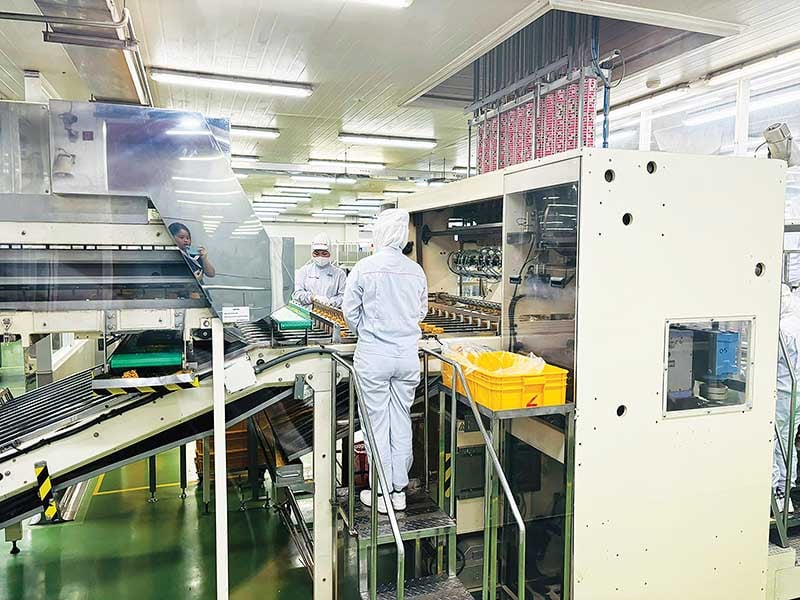 |
| Many businesses choose outsourcing as a stepping stone to develop their photo brand: huy anh |
At Frasers Property Vietnam, the company aims to green 100% of the floor area of its projects and 85% of its managed and owned projects... to achieve green building certification by 2030. To achieve the goal of net zero emissions, the company has outlined many specific plans.
Accordingly, when constructing projects, Frasers Property Vietnam always aims to green the project, protect biodiversity in each plot of land; cooperate with many partners to assess carbon emissions; build according to world standards such as green, clean, beautiful and economical operation...
Mr. Tan Boon Thor, Director of Commercial Real Estate and Design Management at Frasers Property Vietnam, shared: “Many customers have asked us to list buildings with green certification before renting. In industrial zones, many investors also carefully check whether the building they are about to rent is as green as the certificate. It can be seen that businesses now want to own green buildings according to international standards, forcing us to speed up the implementation process; policies and certifications are also required to be more and more complete.”
However, green transformation in the current context is not easy. Dr. Nguyen Quoc Viet, Deputy Director of the Vietnam Institute for Economic and Policy Research (VEPR, under the University of Economics, Vietnam National University, Hanoi) said that the common difficulty is the inadequacy and overlap of the legal policy system. Currently, there is no common set of green standards, no unified green transformation roadmap for all types of goods and services.
Mr. Erick Contreras, Chairman of the Green Growth Subcommittee of EuroCham Vietnam, also commented that Vietnam still lacks a legal framework regulating green economic development for each industry and field, and regulations on mobilizing financial support capital for green economic development.
In addition, green transformation has not yet integrated sustainable elements into the project such as digital transformation strategy. This is a dual transformation trend - "digital transformation accompanied by green transformation" that is increasingly focused on globally. Integrating digital technology into green manufacturing sectors can help businesses save time, costs, as well as minimize negative impacts on the environment.
Besides the shortcomings in legal policies, many businesses believe that the problem of green transformation is also the worry of "where is the money". Currently, many units find it difficult to access green capital sources.
Mr. Truong Anh Hai, Deputy General Director in charge of safety, health, environment and community, NS BlueScope Vietnam Company, stated that the first problem is the limited cost. In the current economic recession, businesses do not have enough resources to implement.
According to the Power Plan VIII, the energy transition alone will require about $650 billion in investment between 2021 and 2050. This funding will be crucial to expand renewable energy capacity, upgrade energy transmission infrastructure, and support R&D investment in new green technologies such as hydrogen, carbon capture and more efficient batteries.
According to World Bank estimates, Vietnam needs 368 billion USD by 2040 to finance infrastructure, new technology and social programs for the transition process.
The “chicken and egg” story is being put on the scale again. In this context, if the Vietnamese business community is not steadfast in the process of reducing carbon emissions and moving towards green development, it will be difficult to attract investment capital. However, without enough investment capital, it will be difficult for businesses to commit to completing the green transformation goal.
Regarding this issue, Mr. Lim Dyi Chang, Director of Corporate Banking (UOB Vietnam) informed that first of all, the customer must have credibility and the project must be considered financially feasible. After meeting the above two criteria, the bank will apply green financing terms, which are more favorable than conventional loans.
For green projects with sustainability goals that align with the vision, UOB may consider financing up to 70-75% or even more. Financing costs may also be reduced by a small percentage, depending on whether the project meets its original green goals.
“However, monitoring is done continuously to ensure that our support is for the right businesses that are truly green, instead of those that are ‘greenwashing’. A good business, a viable project, and a sustainable goal are the three elements we look for in green finance today,” said Mr. Lim Dyi Chang.
Source: https://baodautu.vn/tang-gia-tri-thuong-hieu-nho-lam-gia-cong-cho-khoi-ngoai-d226282.html








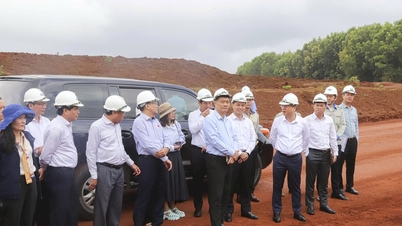

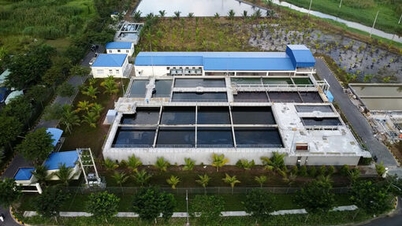

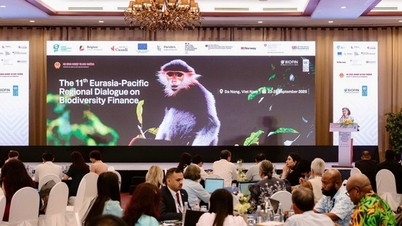

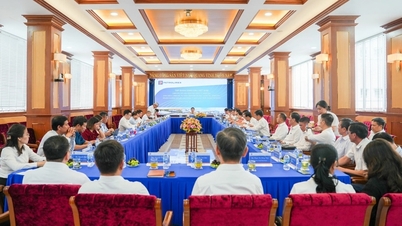





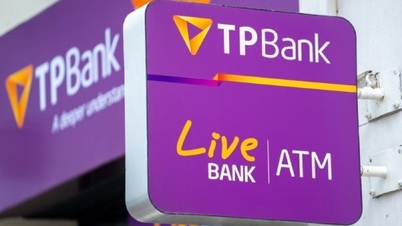

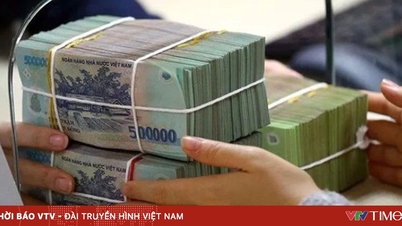



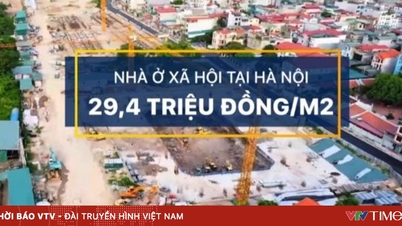








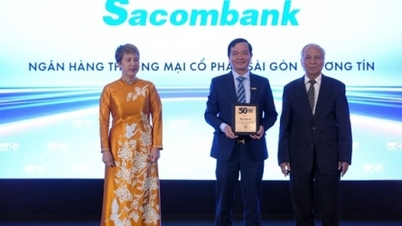












































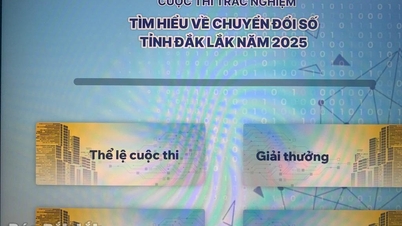

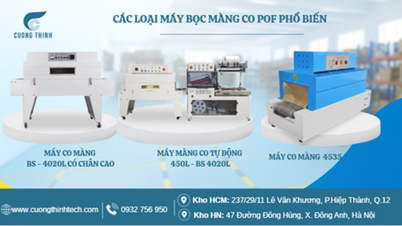
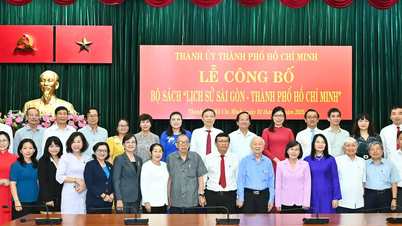



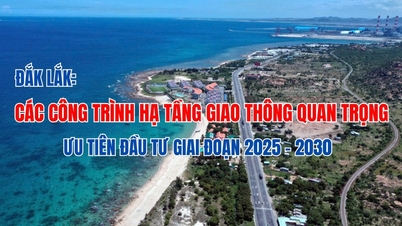










Comment (0)